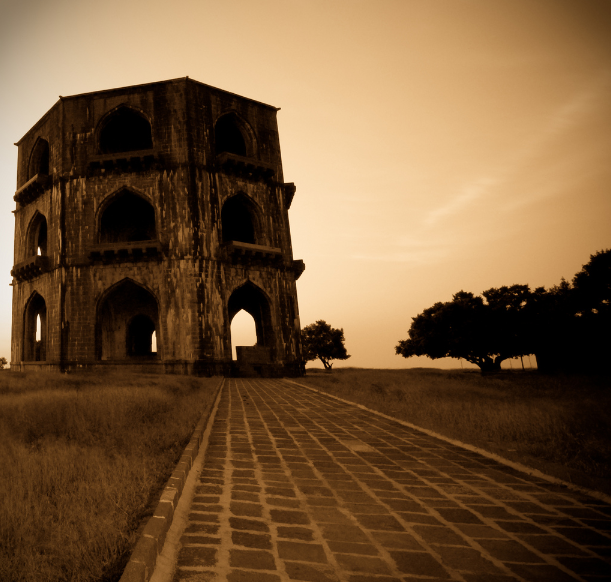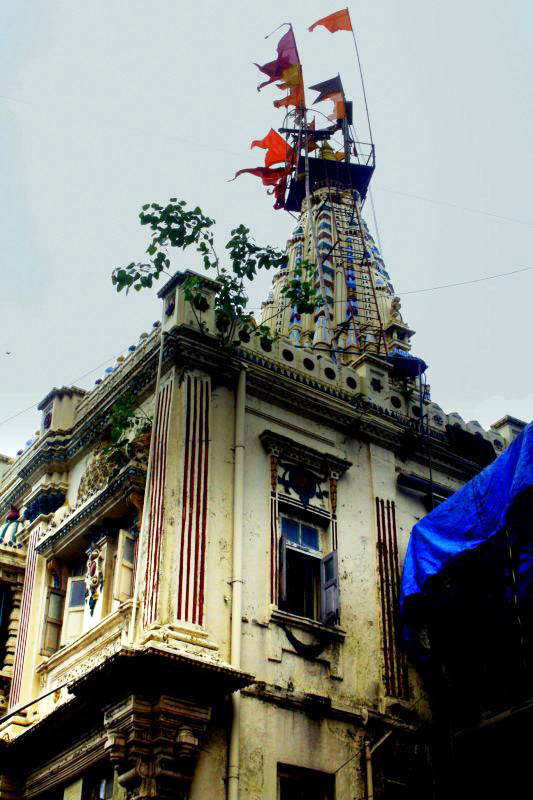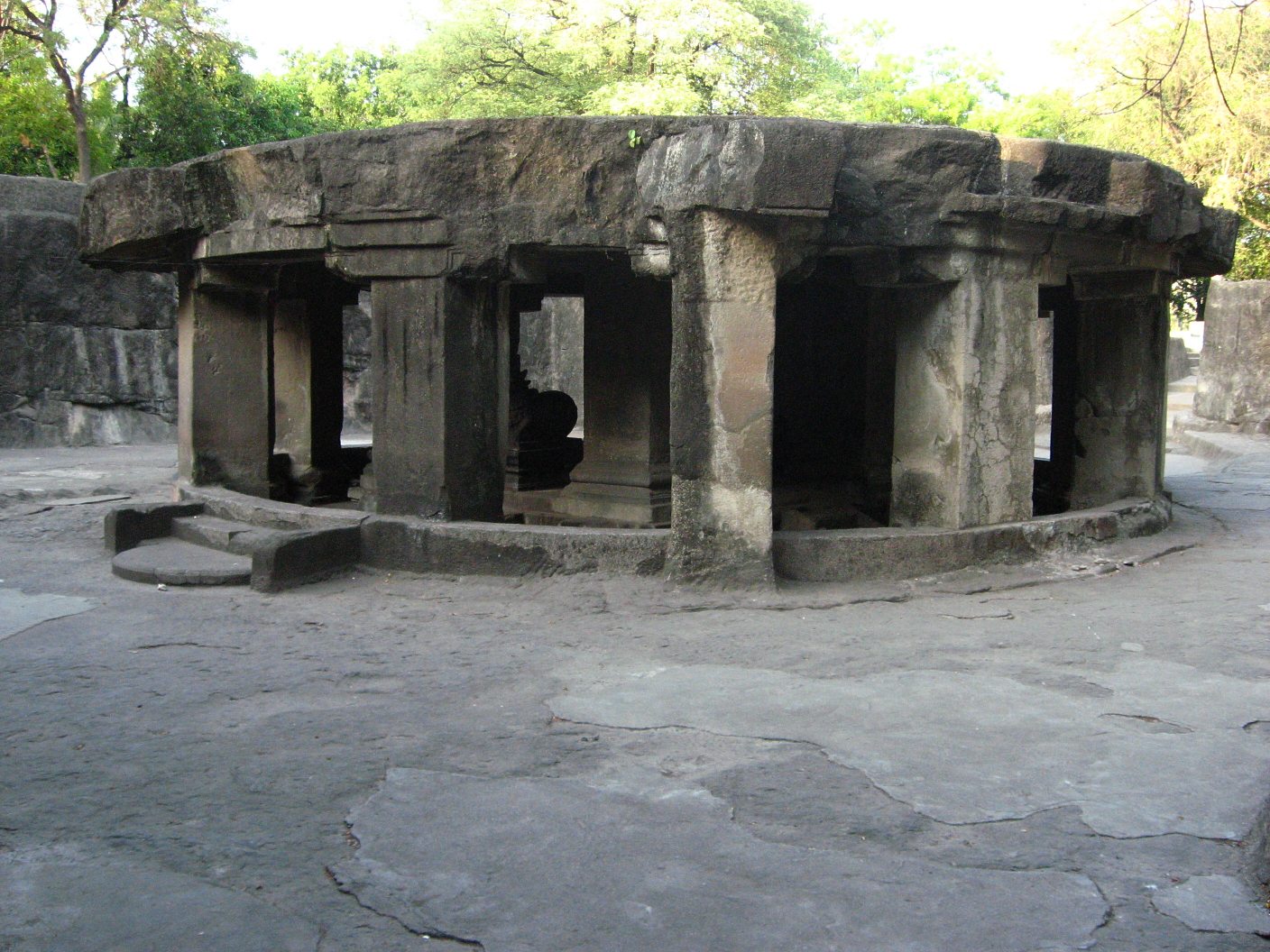|
Akolner
Akolner is a village near Ahmednager in Maharashtra, India. Akolner is 16 km far from its District Main City Ahmednagar. It is 105 km away from Pune and 250 km away from the state capital, Mumbai. The National award-winning Marathi film '' Fandry'', released on 14 February 2014, was shot in Akolner. In pre-independace era, Akolner was governed by Dabholkars after 1920s. Economy Oil depots belonging to Indian Oil and Bharat Petroleum are situated in the village, which is accessible by railway and by road. It is also famous for milk production, peacocks found in farms & floriculture Floriculture, or flower farming, is a branch of horticulture concerned with the cultivation of flowering and ornamental plants for gardens and for floristry, comprising the floral industry. The development of new varieties by plant breeding .... Notable people Akolner is the birthplace of Das Ganu, a follower of Sai Baba of Shirdi. References Villages in Ahmednaga ... [...More Info...] [...Related Items...] OR: [Wikipedia] [Google] [Baidu] |
Fandry
''Fandry'' () is a 2013 Marathi-language film, written and directed by Nagraj Manjule in his directorial debut. It stars Somnath Avghade and Rajeshwari Kharat. The story focuses on a young boy's love amidst caste-based discrimination. The film, set in Akolner, a village near Ahmednagar, revolves around the issue of caste discrimination and narrates the story of a teenager from a Dalit family who lives at the village fringe, and falls in love with an upper caste girl. The film won the Grand Jury Prize at the Mumbai International Film Festival. The film was released theatrically on Valentine's Day 14 February 2014."Fandry to release on 150 screens in February" ''DearCinema.com''. This film received critical acclaim. At the |
India
India, officially the Republic of India ( Hindi: ), is a country in South Asia. It is the seventh-largest country by area, the second-most populous country, and the most populous democracy in the world. Bounded by the Indian Ocean on the south, the Arabian Sea on the southwest, and the Bay of Bengal on the southeast, it shares land borders with Pakistan to the west; China, Nepal, and Bhutan to the north; and Bangladesh and Myanmar to the east. In the Indian Ocean, India is in the vicinity of Sri Lanka and the Maldives; its Andaman and Nicobar Islands share a maritime border with Thailand, Myanmar, and Indonesia. Modern humans arrived on the Indian subcontinent from Africa no later than 55,000 years ago., "Y-Chromosome and Mt-DNA data support the colonization of South Asia by modern humans originating in Africa. ... Coalescence dates for most non-European populations average to between 73–55 ka.", "Modern human beings—''Homo sapiens''—originated in Africa. Th ... [...More Info...] [...Related Items...] OR: [Wikipedia] [Google] [Baidu] |
Ahmednager
Ahmednagar (), is a city located in the Ahmednagar district in the state of Maharashtra, India, about 120 km northeast of Pune and 114 km from Aurangabad. Ahmednagar takes its name from Ahmad Nizam Shah I, who founded the town in 1494 on the site of a battlefield where he won a battle against superior Bahamani forces. It was close to the site of the village of Bhingar. With the breakup of the Bahmani Sultanate, Ahmad established a new sultanate in Ahmednagar, also known as Nizam Shahi dynasty. Ahmednagar has several dozen buildings and sites from the Nizam Shahi period. Ahmednagar Fort, once considered almost impregnable, was used by the British to house Jawaharlal Nehru (the first prime minister of India) and other Indian Nationalists before Indian independence. A few rooms there have been converted to a museum. During his confinement by the British at Ahmednagar Fort in 1944, Nehru wrote the famous book ''The Discovery of India''. Ahmednagar is home to the Indian ... [...More Info...] [...Related Items...] OR: [Wikipedia] [Google] [Baidu] |
Sai Baba Of Shirdi
Sai Baba of Shirdi (c. 1838? - died 15 October 1918), also known as Shirdi Sai Baba, was an Indian spiritual master and fakir, considered to be a saint, revered by both Hindu and Muslim devotees during and after his lifetime. According to accounts from his life, Sai Baba preached the importance of "realization of the self" and criticized "love towards perishable things". His teachings concentrate on a moral code of love, forgiveness, helping others, charity, contentment, inner peace, and devotion to God and Guru. He stressed the importance of surrender to the true ''Satguru'', who, having trodden the path to divine consciousness, can lead the disciple through the jungle of spiritual growth.Sri Sai Satcharitra Sai Baba condemned discrimination based on religion or caste. Whether he was a Muslim or a Hindu remains unclear, but the distinction was of no consequence to the man himself. His teachings combined elements of Hinduism and Islam: he gave the Hindu name ''Dwarakamayi'' ... [...More Info...] [...Related Items...] OR: [Wikipedia] [Google] [Baidu] |
Floriculture
Floriculture, or flower farming, is a branch of horticulture concerned with the cultivation of flowering and ornamental plants for gardens and for floristry, comprising the floral industry. The development of new varieties by plant breeding is a major occupation of floriculturists. Overview Floriculture crops include bedding plants, houseplants, flowering garden and pot plants, cut cultivated greens, and cut flowers. As distinguished from nursery crops, floriculture crops are generally herbaceous. Bedding and garden plants consist of young flowering plants (annuals and perennials) and vegetable plants. They are grown in cell packs (in flats or trays), in pots, or in hanging baskets, usually inside a controlled environment, and sold largely for gardens and landscaping. '' Pelargonium'' ("geraniums"), '' Impatiens'' ("busy lizzies"), and ''Petunia'' are the best-selling bedding plants. The many cultivars of ''Chrysanthemum'' are the major perennial garden plant in the ... [...More Info...] [...Related Items...] OR: [Wikipedia] [Google] [Baidu] |
National Film Award For Best Feature Film
The National Award for Best Feature Film is one of the categories in the National Film Awards presented annually by the Directorate of Film Festivals, the organisation set up by Ministry of Information and Broadcasting in India. It is one of several awards presented for feature films and awarded with the ''Golden Lotus'' (''Swarna Kamal''). The award is announced for films produced in a year across the country, in all Indian languages. , the award comprises a ''Swarna Kamal'', a certificate, and a cash prize of 2,50,000 and is presented to the producer and the director of the film. The National Film Awards were established in 1954 to "encourage production of the films of a high aesthetic and technical standard and educational and culture value" and also planned to include awards for regional films. The awards were instituted as "State Awards for Films" but were renamed to "National Film Awards" at the 15th National Film Awards in 1967. , the award is one of six ''Swarna Kamal' ... [...More Info...] [...Related Items...] OR: [Wikipedia] [Google] [Baidu] |
Mumbai
Mumbai (, ; also known as Bombay — the official name until 1995) is the capital city of the Indian state of Maharashtra and the ''de facto'' financial centre of India. According to the United Nations, as of 2018, Mumbai is the second-most populous city in India after Delhi and the eighth-most populous city in the world with a population of roughly 20 million (2 crore). As per the Indian government population census of 2011, Mumbai was the most populous city in India with an estimated city proper population of 12.5 million (1.25 crore) living under the Brihanmumbai Municipal Corporation. Mumbai is the centre of the Mumbai Metropolitan Region, the sixth most populous metropolitan area in the world with a population of over 23 million (2.3 crore). Mumbai lies on the Konkan coast on the west coast of India and has a deep natural harbour. In 2008, Mumbai was named an alpha world city. It has the highest number of millionaires and billionaires among all ... [...More Info...] [...Related Items...] OR: [Wikipedia] [Google] [Baidu] |
Pune
Pune (; ; also known as Poona, ( the official name from 1818 until 1978) is one of the most important industrial and educational hubs of India, with an estimated population of 7.4 million As of 2021, Pune Metropolitan Region is the largest in Maharashtra by area, with a geographical area of 7,256 sq km. It has been ranked "the most liveable city in India" several times. Pune is also considered to be the cultural and educational capital of Maharashtra. Along with the municipal corporation area of PCMC, PMC and the three cantonment towns of Camp, Khadki, and Dehu Road, Pune forms the urban core of the eponymous Pune Metropolitan Region (PMR). Situated {{convert, 560, m, 0, abbr=off above sea level on the Deccan plateau, on the right bank of the Mutha river,{{cite web , last=Nalawade , first=S.B. , url=http://www.ranwa.org/punealive/pageog.htm , title=Geography of Pune Urban Area , publisher=Ranwa , access-date=4 April 2008 , archive-url=https://web.archive.org/web/20071 ... [...More Info...] [...Related Items...] OR: [Wikipedia] [Google] [Baidu] |
Subscriber Trunk Dialling
Subscriber trunk dialling (STD), also known as subscriber toll dialing, is a telephone numbering plan feature and telecommunications technology for the dialling of trunk calls by telephone subscribers without the assistance from switchboard operators. Switching systems to enable automatic dialling of long distance calls by subscribers were introduced in the United Kingdom on 5 December 1958. The system used area codes that were based on the letters in a town's name. A ceremonial first call was made by Queen Elizabeth II from Bristol to Edinburgh. A similar service, built on crossbar equipment, using regionally structured numbering, rather than alphanumeric codes, was experimentally introduced by P&T in Ireland in 1957, with the first services being in Athlone. A full service was rolled out in 1958, initially to exchanges in Cork and then Dublin and its hinterland, and gradually to all areas with automatic exchanges. The term 'STD call' was once commonly used in the UK, Ire ... [...More Info...] [...Related Items...] OR: [Wikipedia] [Google] [Baidu] |
States And Territories Of India
India is a federal union comprising 28 states and 8 union territories, with a total of 36 entities. The states and union territories are further subdivided into districts and smaller administrative divisions. History Pre-independence The Indian subcontinent has been ruled by many different ethnic groups throughout its history, each instituting their own policies of administrative division in the region. The British Raj The British Raj (; from Hindi language, Hindi ''rāj'': kingdom, realm, state, or empire) was the rule of the British The Crown, Crown on the Indian subcontinent; * * it is also called Crown rule in India, * * * * or Direct rule in India, * Q ... mostly retained the administrative structure of the preceding Mughal Empire. India was divided into provinces (also called Presidencies), directly governed by the British, and princely states, which were nominally controlled by a local prince or raja loyal to the British Empire, which held ''de f ... [...More Info...] [...Related Items...] OR: [Wikipedia] [Google] [Baidu] |
Postal Index Number
A Postal Index Number (PIN; sometimes redundantly a PIN code) refers to a six-digit code in the Indian postal code system used by India Post. On 15 August 2022, the PIN system celebrated its 50th anniversary. History The PIN system was introduced on 15 August 1972 by Shriram Bhikaji Velankar, an additional secretary in the Government of India's Ministry of Communications. The system was introduced to simplify the manual sorting and delivery of mail by eliminating confusion over incorrect addresses, similar place names, and different languages used by the public. PIN structure The first digit of a PIN indicates the zone, the second indicates the sub-zone, and the third, combined with the first two, indicates the sorting district within that zone. The final three digits are assigned to individual post offices within the sorting district. Postal zones There are nine postal zones in India, including eight regional zones and one functional zone (for the Indian Army). Th ... [...More Info...] [...Related Items...] OR: [Wikipedia] [Google] [Baidu] |
Indian Standard Time
Indian Standard Time (IST), sometimes also called India Standard Time, is the time zone observed throughout India, with a time offset of UTC+05:30. India does not observe daylight saving time or other seasonal adjustments. In military and aviation time, IST is designated E* ("Echo-Star"). It is indicated as Asia/Kolkata in the IANA time zone database. History After Independence in 1947, the Union government established IST as the official time for the whole country, although Kolkata and Mumbai retained their own local time (known as Calcutta Time and Bombay Time) until 1948 and 1955, respectively. The Central observatory was moved from Chennai to a location at Shankargarh Fort in Allahabad district, so that it would be as close to UTC+05:30 as possible. Daylight Saving Time (DST) was used briefly during the China–India War of 1962 and the Indo-Pakistani Wars of 1965 and 1971. Calculation Indian Standard Time is calculated from the clock tower in Mirzapur nea ... [...More Info...] [...Related Items...] OR: [Wikipedia] [Google] [Baidu] |




